The space debris Kessler syndrome takes decades to centuries not minutes and we are solving it - also only affects some orbits and could never prevent launching rockets into space
This is to help people scared by the Gravity movie and by videos, TikToks etc that claim that space won’t be usable in the future because of space debris. Not true at all. The Gravity movie scenario can’t happen in real life, and the ISS is safe from space debris, it just has to maneuver to avoid it from time to time. There is a risk of space Debris increasing to the point that eventually some orbits would be impossible to use - but only over decades to centuries and we are doing a lot to stop this happening.
Space debris is only a risk to satellites in specific orbits not to Earth
First, space debris is harmless to Earth. It is broken up bits of satellite plus things like if someone loses a tool in the ISS and it floats into space, specks of paint etc. If it is in low orbit it just de-orbits and burns up. The higher the orbit the longer it lasts and space debris in high orbits including Geostationary orbit can stay there indefinitely.
It is only a risk to other space missions like satellites and astronauts. Nothing to do with climate or extinction.
Any that burns up will be just like any other fireball in the sky or shooting star. If you look up and see a shooting star there is no way to know if it is a natural shooting star or a piece of space debris burning up. Harmless either way.
The Kessler effect is real but takes decades to centuries so we have lots of time to stop it
The big issue is if there is so much debris it starts breaking up other satellites which then break up more satellites. That's called the Kessler effect. That is already happening but only in a small way so far.
The Gravity scenario is impossible. The Kessler effect is real but it is a slow burner takes decades and we are doing a lot to stop it. It wouldn't be possible for it to happen quickly like that.
We are doing a lot to stop the Kessler syndrome. But if we did nothing about it, gradually over decades to centuries, some orbits would become impossible to use because there would be so much space debris in them that you can no longer put satellites in them.
QUOTE STARTS
That was one thing that all experts I spoke with agreed on: A Kessler Syndrome cascade is something that, whether it has begun or not, would play out over the course of decades if not centuries, rather than fitting into the runtime of a Hollywood drama.
For Tripathi’s part, he doesn’t think the syndrome has begun, and he doubts peaceful space operations will change that.
“A lot of things have to go wrong for us to end up in a Kessler Syndrome situation by slowly boiling the frog,” he says, referring to predictions of a slowly unfolding cascade. But: “We have the launch capacity to intentionally cause a Kessler Syndrome if we wanted to.”
. Understanding the misunderstood Kessler Syndrome
We do have to get rid of the space debris fast enough to overcome the Kessler effect- but it's not an urgent problem as in we have to solve it in the next few years. We need to solve it in the next few decades. Because it builds up slowly.
We are doing a lot. Many satellites launched today have a way to de-orbit at the end of the mission if they are in low orbits. If they go to Geostationary Eartj Orbit they have a way to go to a higher "graveyard orbit" where it doesn't matter if the satellites hit each other and break up because at that height debris doesn't travel very far
The YouTube videos that say we may be blocked from space altogether are wrong, it’s only a problem for satellites in orbit for years on end. We track the larger debris and we can maneuver to avoid it, and spacecraft are shielded against the smaller debris, with research continuing into better ways to do that. The biggest issue is for spacecraft that have limited ability to maneuver, or have lost their ability to maneuver, including old dead ones that no longer communicate.
This is a 2013 video gives a good intro.
One priority to remove large derelict satellites, ten to twelve a year
To stop it altogether we have to remove ten to twelve derelict satellites every year. ESA plan to de-orbit their Envisat satellite, considered to be the satellite most at risk of increasing the Kessler effect, in a mission to launch in 2023.
See e.Deorbit
A study in 2005 came to the conclusion that even if we do nothing, the population of the 10 cm and larger objects will increase through collisions more rapidly than they are removed by the atmosphere Orbital Debris Radar Measurements
So - hitting a big satellite would just boost it forward to a later stage in the process. In that case the obvious target, apparently, is the Envisat satellite, at eight tonnes.
Envisat - Earth Online - ESA - largest civilian Earth observatory at 8 tonnes, now inactive, lost communications in 2012.
Is top priority for removal from LEO because it's at a height where orbital debris frequently passes close to it, and if it breaks up, the debris it causes would last for 150 years and likely to hit other satellites and break them up also so accelerating the Kessler syndrome (which some would say, has already started).
This is an image of it by a ground based radar
From this article: ESA now designs its satellites for removal
At eight tonnes is quite a major job to remove it.
It's also got an orbit high enough so it won't decay for 150 years, so a long term problem. So if it got broken up - it would become lots of smaller pieces of debris that would remain a problem for space travel for 150 years.
This and another satellite ESR1 are the two top priorities to remove from LEO. 'Urgent need' to remove space debris - BBC News
However they are starting smaller with an upper stage that was left in an orbit of 800 by 660 km in 2013. This is a big object also - upper stages are big objects that can cause a lot of debris if broken up - but are lighter in mass, this one is only 100 kilograms because they design them to be as low mass as possible.
QUOTE STARTS
“NASA and ESA studies show that the only way to stabilise the orbital environment is to actively remove large debris items. Accordingly we will be continuing our development of essential guidance, navigation and control technologies and rendezvous and capture methods through a new project called Active Debris Removal/ In-Orbit Servicing – ADRIOS. The results will be applied to ClearSpace-1. This new mission, implemented by an ESA project team, will allow us to demonstrate these technologies, achieving a world first in the process.”
The ClearSpace-1 mission will target the Vespa (Vega Secondary Payload Adapter) upper stage left in an approximately 800 km by 660 km altitude orbit after the second flight of ESA’s Vega launcher back in 2013. With a mass of 100 kg, the Vespa is close in size to a small satellite, while its relatively simple shape and sturdy construction make it a suitable first goal, before progressing to larger, more challenging captures by follow-up missions – eventually including multi-object capture.
Modern satellites are usually designed for removal. ESA for instance have the requirement that a satellite in LEO must remove itself in less than 25 years and in GEO less than two months after end of mission:
“For instance, the ESA Policy on Space Debris states that satellites must remove themselves from the protected regions, less than 25 years for LEO and less than two months for GEO after operations are complete.”
Never going to be a barrier to launching into space - it is just a risk of particular obits becoming impractical because of the number of avoidance maneuvers
You get YouTube videos saying that it will be a barrier too dangerous to cross. This is never going to happen. It’s not about stopping spaceflight altogether. Even if we did nothing it wouldn’t be enough space debris to cause any problems with launching into space it would just be enough so that a satellite orbiting for a long time in some orbits would be damaged over a timescale of months or years without frequent avoidance maneuvers that would use a lot of fuel. We can track the debris so satellites can avoid it and launches can avoid it too.
So the risk we need to prevent is of some very useful orbits having enough debris so that they are no longer safe places for satellites to orbit for years on end.
The ISS sometimes has to move to avoid a bit of space debris, and satellites able to move to avoid the debris can avoid being hit too. The Iridium satellites do this automatically, making decisions in seconds about whether the need to move to avoid a piece of space junk. Many current satellites take a lot longer for the decision process, as it isn't automated and requires manual involvement.
But the new ones like Starlink also do it automatically.
It's most at risk of a risk for satellites in polar orbits because there are many of them and their orbits criss-cross at the poles. ESA satellites in these polar orbits have to do several maneuvers to avoid collisions every year.
The big constellations of satellites such as Starlink are equipped to de-orbit quickly. They are also able to maneuver to avoid space debris.
For instance if they put up new satellites every 5 years - to avoid a situation with vast numbers of de-orbiting satellites they need to remove the older ones on a similar timescale of about 5 years.
So though there will be lots more junk in space in the future, it will be intelligent junk which is able to de-orbit and able to maneuver to avoid collisions. To do that they have to ensure that the satellites are still operational after five years which involves making sure they are protected against the smallest space junk. There are ways to do that which we already use, the "Whipple shields" which consist of multiple thin layers with gaps between - the micrometeorites splat against the first layer and break up and are more easily stopped by the later layers.
Anti-satellite weapons tests in low orbits produce a lot of debris but because they do these tests in low orbits the debris doesn’t stay in orbit for long
There haven't been many anti satellite weapon tests. The Chinese were strongly criticized for their 2007 one which is the most recent and they don't seem likely to try it again. There are tests against ballistic missiles but those are done in our atmosphere and don't add to space junk.
2007 Chinese anti-satellite missile test - Wikipedia
There was a big satellite collision in 2009. 2009 satellite collision - Wikipedia ()
It created 11,000 pieces of debris. At that low an orbit eventually over a few years to decades much of it falls into the atmosphere. The ISS had to manoeuvre to avoid some pieces from that collision. The ISS is at around 500 kilometers and has to keep boosting itself up or it would eventually drift down out of its orbit and burn up. So this is quite low, it is going through the uppermost fringes of our atmosphere in a way. So the orbit of the ISS gets naturally cleared from space debris over timescales of years.
ESA and NASA plan to actively remove no longer functioning large satellites and debris
ESA and NASA concluded the most important thing to do is to remove a few very large objects that have potential to break up into many smaller pieces. So they have built a robot that can remove the larger objects one at a time by docking with them.
The first missions will just de-orbitg one large satellite or other piece of debris per mission. Later ones will de-orbit multiple large objects per mission.
QUOTE STARTS
“NASA and ESA studies show that the only way to stabilise the orbital environment is to actively remove large debris items. Accordingly we will be continuing our development of essential guidance, navigation and control technologies and rendezvous and capture methods through a new project called Active Debris Removal/ In-Orbit Servicing – ADRIOS. The results will be applied to ClearSpace-1. This new mission, implemented by an ESA project team, will allow us to demonstrate these technologies, achieving a world first in the process.”
The ClearSpace-1 mission will target the Vespa (Vega Secondary Payload Adapter) upper stage left in an approximately 800 km by 660 km altitude orbit after the second flight of ESA’s Vega launcher back in 2013. With a mass of 100 kg, the Vespa is close in size to a small satellite, while its relatively simple shape and sturdy construction make it a suitable first goal, before progressing to larger, more challenging captures by follow-up missions – eventually including multi-object capture.
They calculated that we have reached a point now where we have to actively remove satellites even if no more satellites were added. They originally had the plan to contract out to remove an old large satellite called Envisat but that was too risky. Instead they have a larger vision of a servicing satellite that can deorbit, refuel, boost satellites to new orbits, basically a swiss knife that can do everything. It could be very lucrative for whoever does it as they would be paid a lot to service a satellite to extend its lifetime.
Another thing it can do - if just one satellite fails from a constellation of small satellites it can threaten the entire constellation so the servicing spaceship can act as a kind of sheepdog to shepherd the errant satellites into safe orbits.
QUOTE Any failing satellite that breaks ranks might threaten the entire constellation around it, so dedicated space servicing vehicles especially tailored for the role could well play an essential ‘sheepdog’ role within megaconstellations.
. ESA’s e.Deorbit debris removal mission reborn as servicing vehicle
This is their original analysis and where they concluded that even already we have two many satellites to be long term stable over decades, that we have to remove some of them to avoid the build up of debris. There are particular hot spots of orbits that need to be cleared and the largest satellites are the priority so it's not as daunting as it seems at first.
Mistakes in the movie Gravity - main thing that the debris would increase far more slowly
The debris would increase a few particles at a time in the ISS orbit for decades not in minutes. The ISS would need to maneuver to avoid those more and more often until it became impractical.
the debris is showing orbiting east to west - almost all satellites orbit west to east to take advantage of the extra boost of Earth's Earth's spin which is West to East.
Spacesuits can't withstand even a small fleck of debris hitting them.
The Chinese space station and the Hubble space telescope are not accessible from the ISS even using the Soyuz or the Space Shuttle. They have just enough fuel to get up to the orbit of the ISS launched in the right direction at the right time.
Impossible even for our spaceships to catch up with the ISS if launched in the right direction at the wrong time - never mind get from Hubble to ISS
On that last point, they have to launch at specific times in very specific directions to reach the ISS.
Even if they launched at the wrong time in the direction and at the altitude that the ISS orbits, they could never catch up because they would be several orbits ahead or behind it in its orbit.
This shows the ISS orbit. So, for instance to reach it from the USA you have to launch just as it is passing over the USA. If you launch while it is passing over Brazil say, there is no way your rocket is ever going to catch up with it.
Graphic from: Visualizing the Orbit of the International Space Station (ISS) - Engaging Data
To get to the Chinese space station the big rocket that got the Space Shuttle into space would have had to launch at a different time in a different direction. The much smaller thrusters in the Space Shuttle itself had nothing like enough fuel to make up for that difference.
So for instance it was impossible to use the Space Shuttle to get from the ISS to the Hubble space telescope or the other way around even though it visited both on different occasions.
. File:Comparison ISS HST orbits globe centered in Cape Verde.svg - Wikimedia Commons
Never mind getting from one to another in an MMU, a small rocket thruster system attached to a spacesuit.
Couldn’t have space debris in the ISS orbit specifically - main reason for Kessler syndrome is that spacecraft orbits are so different the debris can be moving at kilometers per second relative to the satellites
That is related to the debris problem. There simply aren't enough satellites in the same orbit as the ISS to create a big cloud of debris in that orbit specifically.
I don’t think there is even one satellite in an identical orbit to the ISS further behind or ahead in the orbit.
Also space debris from another satellite exploding in an identical orbit would be far less of a risk to the ISS because any space debris from it would be moving at a gentle speed relative to it and most of it would be scattered out of the orbit by the explosion and cross it rarely.
The only orbit with lots of satellites in it is Geostationary Earth Orbit where satellites orbit around the equator once a day to stay above the same spot on Earth all the time.
If one of those exploded it could in principle cause a fair amount of debris which could hit other satellites and damage them. But even then it would be hard to get a chain reaction because the satellites are not moving relative to each other. There’s a risk of damage and for that reason satellites are moved to a graveyard orbit above GEO at the end of their mission, but much less risk of an explosion causing other satellites to explode.
A lot of the reason for the Kessler syndrome is precisely because satellites are in different orbits so the debris can be moving at kilometers per second relative to each other.
Satellites in GEO are almost stationary relative to each other. Any debris in GEO would just be moving at the speed of the explosion and so would be far less destructive. Over time the debris would damage other satellites but not so likely to explode.
Modern satellites in low orbits can de-orbit at the end of their life and also manuever - remarkably often - SpaceX had 50,000 a year in 2023 and may do a million manuvers a year for their entire fleet by 2028
New satellites can be equipped to de-orbit, and most are, and also they can maneuver to avoid debris large enough to be detected by radar. However that’s not enough, we also have to remove some of the satellites that are there already. That’s because it has actually already started. But it’s a slow process. Decades. Not just ten years. They are doing a lot about it. It is important but the experts are on the case.
Not only that - our satellite constellations are designed to automatically avoid collisions with the debris we are tracking by radar.
So far none of them have had a single collision as of spring 2025.
It would take many collisions to get a Kessler effect and make it hard to put satelites into similar orbits.
Also even if there is a collision - the debris would re-enter quite quickly. SpaceX satellites would de-orbit in 10 years without regular boosts.
QUOTE At altitudes of 340 miles (550 km), the orbital decay time from atmospheric friction is about 10 years. That means after only a decade, the satellites will slow down enough to essentially fall out of orbit. According to Hugh Lewis, head of the Astronautics Research Group at the University of Southampton in the UK, SpaceX will have to launch over 4,000 of these million-dollar satellites every five years to keep up with re-entries. https://www.astronomy.com/observing/starlink-satellite-streaks-how-big-of-a-problem-are-they/
It is rather remarkable how often they have to maneuver to avoid space debris or other satellites. SpaceX as of 2023 was running at 50,000 a year.
This is done automatically and SpaceX maneuver if there is only 1 in 100,000 chance of a collision. But eventually it may be hard to handle.
"Right now, every six months, the number of maneuvers that are being made doubles," said Lewis. "It has gone up by a factor of 10 in just two years, and if you project that out, you'll have 50,000 within the next six-month period, then 100,000 within the next, then 200,000, and so on."
If the trend continues, by 2028, Starlink satellites will have to maneuver nearly a million times in a half-year to minimize the risk of orbital collisions [THIS FIGURE SEEMS TO BE INCORRECT - LATER ESTIMATES MAKE IT LESS THAN 200,000 IN A YEAR].
And Lewis doesn't expect such growth to slow down any time soon. SpaceX has so far deployed about one-third of its planned first-generation constellation of 12,000 spacecraft and has been launching at a regular pace of over 800 satellites per year, a trend that is expected to continue for the foreseeable future.
…
SpaceX currently conducts an avoidance maneuver every time orbital models show a probability higher than 1 in 100,000 that one of the Starlink satellites will cross another object's path. That threshold is 10 times lower than the standard upheld by NASA and other international agencies.
Lewis, however, questions whether SpaceX will be able to maintain such a high standard as the number of "conjunction alerts" continues to snowball. He adds that, despite the company's efforts, the residual risk of a collision will continue to rise as well.
Jonathan McDowell, an astrophysicist at the Harvard–Smithsonian Center for Astrophysics and another frequently heard voice of caution in the satellite megaconstellations debate, agrees with Lewis: "SpaceX are convinced that they can handle the increasing maneuver load," McDowell told Space.com in an email. "I am not convinced that SpaceX have properly taken into account the non-statistical errors (the potential for independent and unpredictable screwups combining to give a bad result - a collision) - so I am concerned that we are operating at the edge of what is safe."
Starlink relies on an autonomous collision avoidance system that instructs satellites to maneuver based on models of orbital trajectories of objects in space. These models provide alerts several days in advance and may not always get it right. Moreover, other factors, such as the changes in the density of Earth's atmosphere at high altitudes caused by space weather, may affect the accuracy of these calculations.
UPDATE as of 2025
The number of maneuvers per satellite per year is only increasing slowly, likely remaining well under 30 per satellite by 2027:
The maneuver rate for the entire constellation may reach 140,000 by 2027. From this figure that earlier million maneuvers a year by 2028 seems rather too high. It would be more like 170,000, less than 200,000 anyway.
https://www.linkedin.com/pulse/starlink-manoeuvre-update-july-2024-hugh-lewis-vq4be/
They have reduced the threshold too. Now they maneuver if there is a 1 in a million chance of a collision instead of a 1 in 100,000 chance.
You might think they would maneuver to reduce the risk to 0 but that would take too much fuel. The orbits of the fragments they avoid always have a bit of imprecision - so they have a risk as a probability not certainty of impact and they maneuver just enough to reduce that risk ten-fold. So now it’s from 1 in a million to 1 in 10 million. This reduces the overall risk of one collision in the entire constellation.
This is reducing them to 100 times less than the risk levels other operators are willing to accept.
QUOTE STARTS
tarlink satellites now perform conjunction risk mitigation manoeuvres (or "collision avoidance" manoeuvres) in response to close approaches with catalogued objects where the collision probability is larger than 1-in-1-million (or 1E-6). To put this into context, a widely accepted value of the collision probability threshold at which an operator might choose to mitigate a conjunction is 1E-4, or 1-in-10,000, according to NASA. Before the appearance of the new collision probability threshold in the July semi-annual constellation status report, SpaceX had identified a collision probability threshold of 1-in-100,000 (or 1E-5) for the Starlink constellation, which was already 10 times lower than the recommended level. Starlink satellites now perform "collision avoidance" manoeuvres for collision probabilities that are 100 times lower than the level many other operators choose to adopt.
…
Increasing the number of manoeuvres will increase propellant use. As propellant is a finite resource onboard, this change might affect the operational lifetime of each satellite. I say "might" because SpaceX has previously reported that each Starlink satellite is capable of performing up to 350 "collision avoidance" manoeuvres, thanks to the very efficient Hall Effect thrusters they use. Consequently, it's not very clear whether the change to the manoeuvre threshold will have any effect on the planned operational lifetime for the Starlink satellites.
https://www.linkedin.com/pulse/spacex-quietly-changed-its-approach-space-safety-hugh-lewis-v2ide/
So in short it’s a recognized problem and SpaceX is doing a lot to solve it.
Effects of solar storms - these can change the upper atmosphere to make the positions of the debris hard to predict but it’s a problem we are solving - tested in May 2024 with no satellites damaged after largest solar storm in decades
This article talks about how solar storms can make it hard to keep track of the debris - but they can us the satellites with GPS to monitor the effect of the solar storms on the atmosphere and to improve their models. Title is clickbait the satellites aren’t really lost, they just don’t have their exact positions if they don’t have GPS installed.
https://www.space.com/satellites-lost-after-solar-storms-for-weeks
They were tested in a big storm in May 2024 and it worked.
QUOTE STARTS
In May, scientists noticed CMEs and solar flares headed towards Earth, and the resulting storm was the strongest to hit the planet in more than two decades.
The advanced warning gave satellite operators the chance to go into safe mode or raise their orbits to counter the storm. While there were still widespread impacts, including disruptions to GPS, orbital decay, and drag impacting thousands of satellites, no satellites were destroyed during the event.
“That storm in May was the most successfully mitigated extreme space weather storm in history,” said NOAA forecaster Shawn Dahl.
https://payloadspace.com/satellites-face-more-stormy-weather-in-2025/
ESA sees big increase in space debris in 2024 but also a big increase in mitigation - without improved mitigation we could reach over 100 satellite collisions with debris a year by 2100 - but with mitigation we can stop this
ESA in its 2024 report see a big increase in space debris. But also a big increase in mitigation.
This shows how space debris continues to increase which is not surprising.
This shows the increase in payloads launched into orbit.
Nearly all are headed for low earth orbit which is also where most active payloads are and almost all are commercial.
Of those satellites most are at a height of 500 to 600 km (similar to the ISS)
However the number of re-entering objects is also greatly increasing.
More and more payloads are re-entering every year at least partly because of space debris awareness and when it comes to rocket bodies, which help launch them into space more and more are controlled re-entries.
At the current rate of increase we could reach over 100 collisions a year by 2100
ESA and others are doing many things to help solve this problem
What are we doing about it?
ESA's laser ranging station in Tenerife aims its green laser to the sky
Setting community standards
Getting a better view on the problem through space debris tracking and reporting is just the first step in resolving the space debris problem.
ESA has set itself the goal to significantly limit the production of debris in Earth and lunar orbits of all future missions, programmes and activities by 2030 through its Zero Debris Approach. ESA is leading by example as it works on many activities in parallel as part of this holistic approach:
ESA has updated its debris mitigation requirements and standards that govern how the Agency's missions are designed, built, flown and disposed of, also setting the rules for any company or institution that works with ESA on its missions.
Stricter debris mitigation guidelines are welcomed by many in the space sector and shows itself in the increasing wave of community-driven activities. In 2023, ESA facilitated the creation of the Zero Debris Charter by the Zero Debris community in Europe. The Charter has since been signed by 12 countries and over 100 commercial and non-commercial entities have signed or committed to sign as well.
Zero-debris development
ESA is now supporting the next step, the creation of a Zero Debris Technical Booklet, bringing together the many stakeholders in the space sector to crowd-source technical solutions to achieve the joint aspirations defined in the Zero Debris Charter.
ESA also works directly on technology and capability development to prevent and counteract space debris, enabling and stimulating European industry to pioneer in-space sustainability solutions.
A number of missions are in development at ESA and its partners to actively combat the generation of debris, such as through developing new passivation techniques, preventing in-orbit break-up and conducting in-orbit servicing.
Cleaning up orbits
Even if we created no new space debris, it would not be enough to prevent a runaway series of collisions and fragmentations. We must also clean up littered orbits by attempting to safely reenter missions already in orbit and conduct active debris removal via missions such as ESA's ClearSpace-1.
Where possible, ESA is attempting to deorbit satellites that were designed and built well before its current guidelines came into effect. The agency is putting great effort into removing missions such as Aeolus and Cluster from orbit in more sustainable ways than were first envisioned.
CONTACT ME VIA PM OR ON FACEBOOK OR EMAIL
If you need to talk to me about something it is often far better to do so via private / direct messaging because Quora often fails to notify me of comment replies.
You can Direct Message my profile (then More >> messages). Or better, email me at support@robertinventor.com
Or best of all Direct Message me on Facebook if you are okay joining Facebook. My Facebook profile is here:. Robert Walker I usually get Facebook messages much faster than on the other platforms as I spend most of my day there.
FOR MORE HELP
To find a debunk see: List of articles in my Debunking Doomsday blog to date See also my Short debunks
Scared and want a story debunked? Post to our Facebook group. Please look over the group rules before posting or commenting as they help the group to run smoothly
Facebook group Doomsday Debunked
Also do join our facebook group if you can help with fact checking or to help scared people who are panicking.
SEARCH LIST OF DEBUNKS
You can search by title and there’s also an option to search the content of the blog using a google search.
CLICK HERE TO SEARCH: List of articles in my Debunking Doomsday blog to date
NEW SHORT DEBUNKS
I do many more fact checks and debunks on our facebook group than I could ever write up as blog posts. They are shorter and less polished but there is a good chance you may find a short debunk for some recent concern.
See Latest short debunks for new short debunks
I also do tweets about them. I also tweet the debunks and short debunks to my Blue Sky page here:
Then on the Doomsday Debunked wiki, see my Short Debunks page which is a single page of all the earlier short debunks in one page.
I do the short debunks more often but they are less polished - they are copies of my longer replies to scared people in the Facebook group.

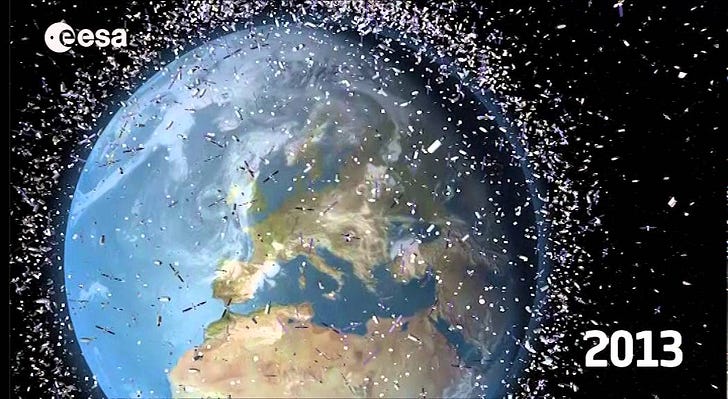


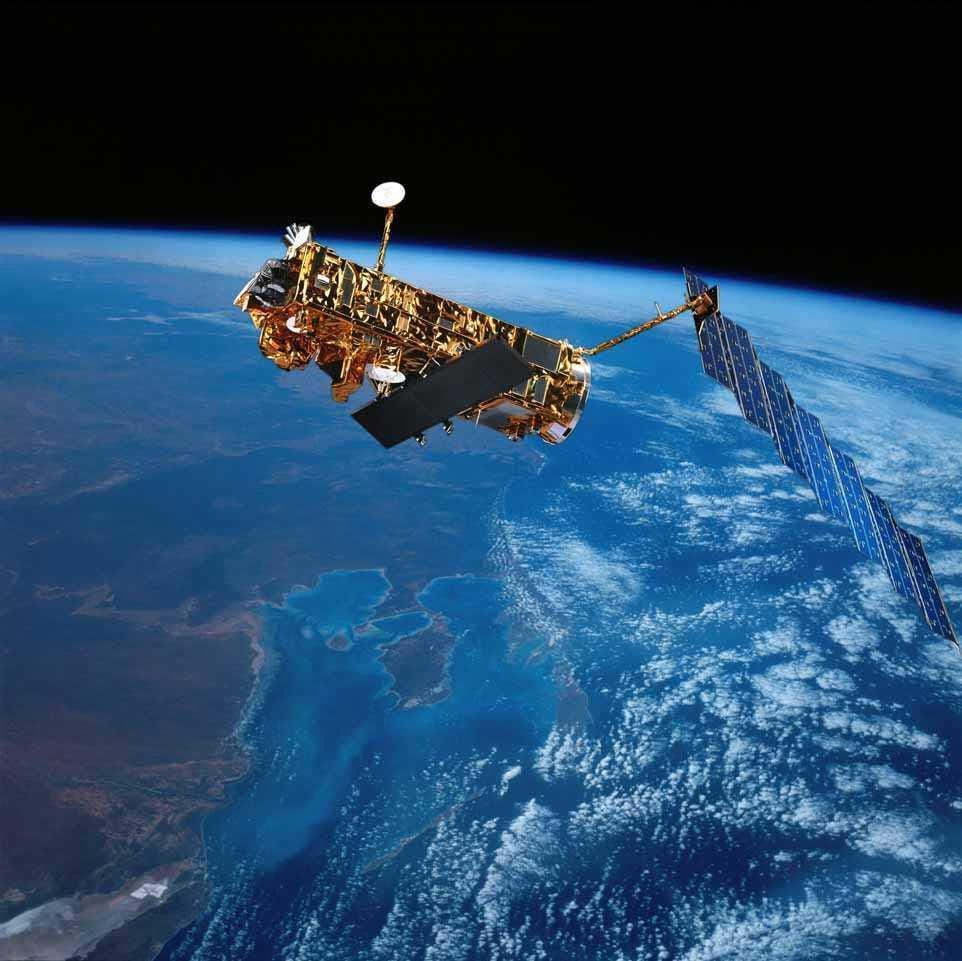
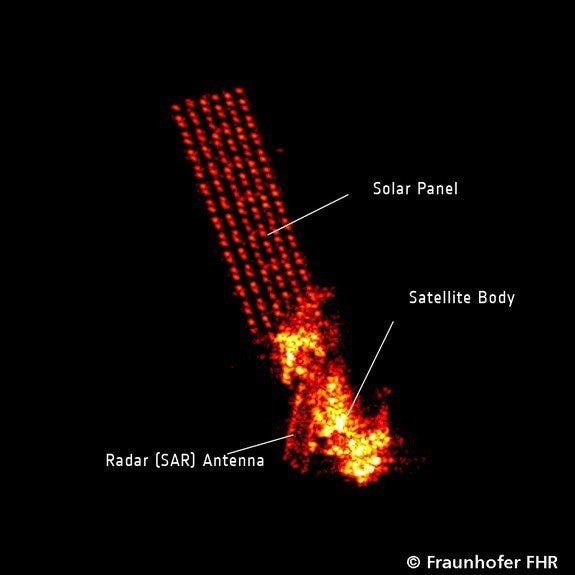




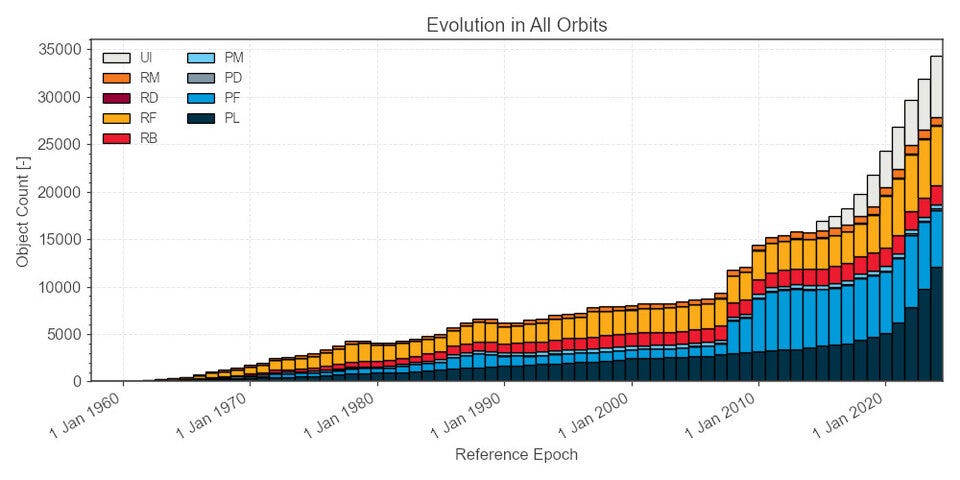
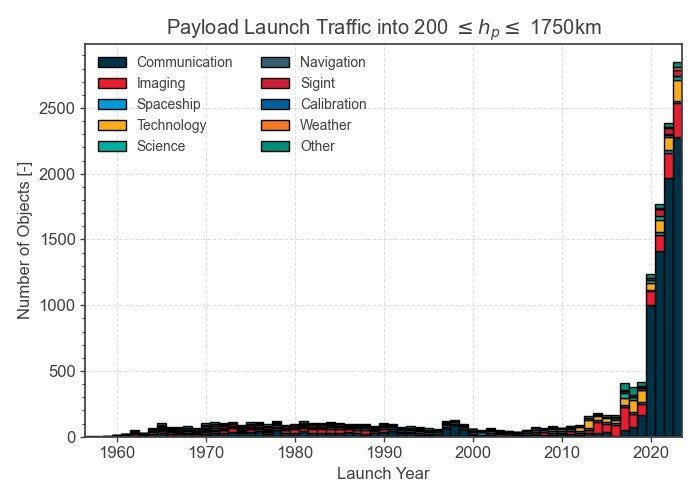

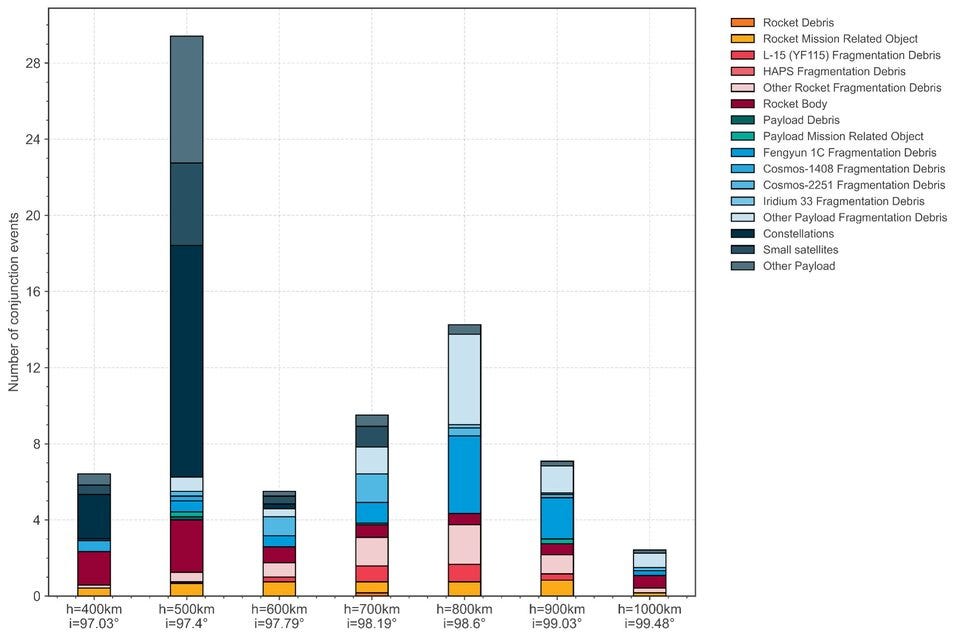


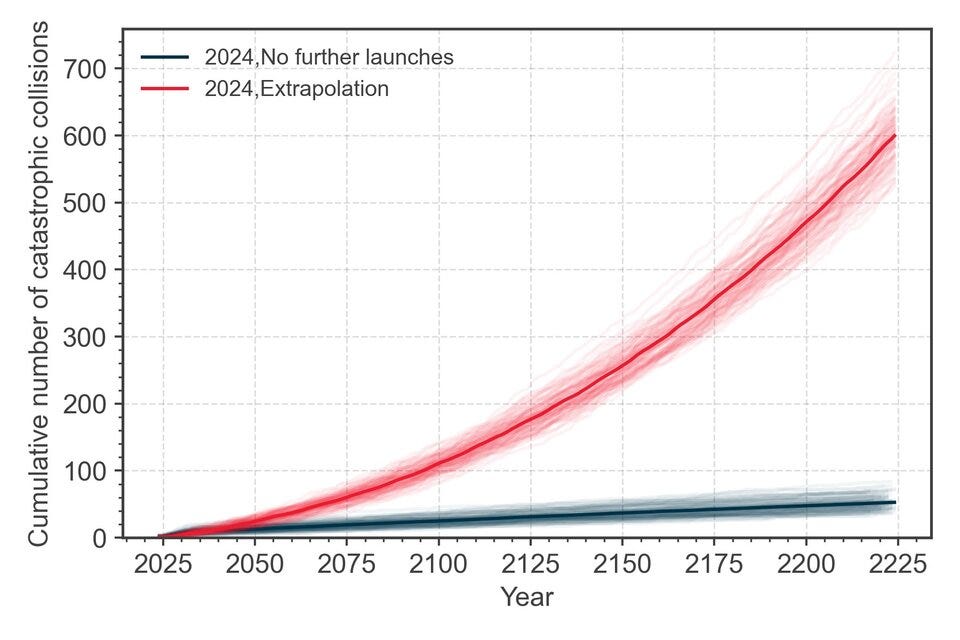
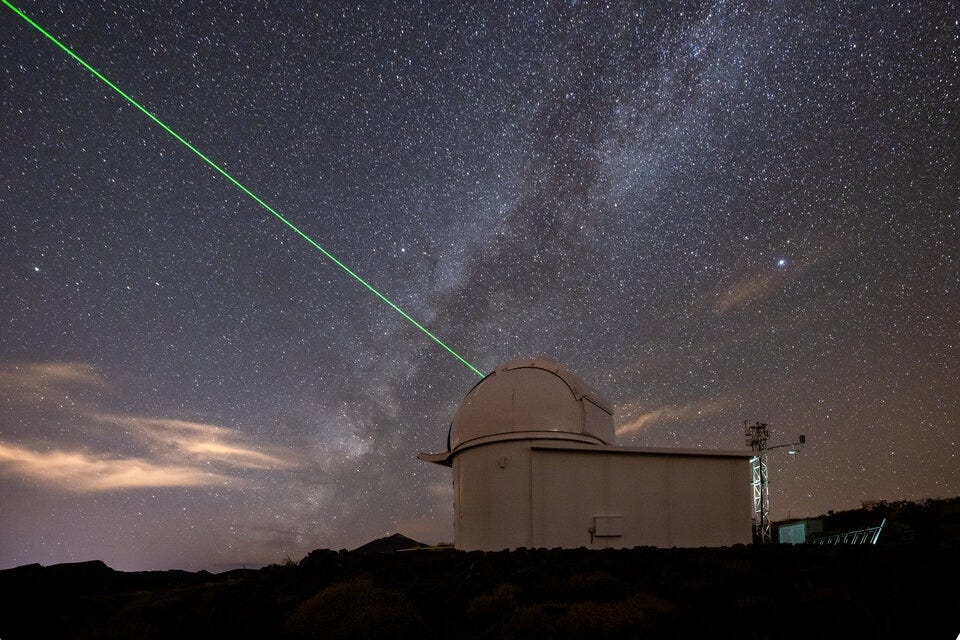
Thanks for writing this. Here is my question: What if a nation, under threat from a more-advanced but sattlite-dependent military, sent up a sattlite that was just a literal box of sand with a detinator (or some other mechanism) to suddenly open up an disperse the sand?
If the sattlite were in geoasynchronous orbit at a specific latitude, wouldn't the resulting cloud of sand effectively become a bilion bullets striking -- twice per day -- anything in geosynchronous orbit at or near that latitude?
Other specific orbits could be targeted as well in this way. Even if it can eventually be cleaned up, this seems like a low-budget strategy to open a window for an attack.